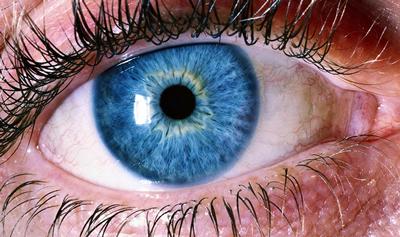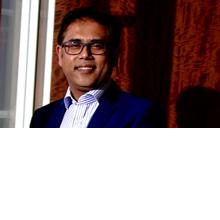Eye experts first in UK to use precision laser to split corneal tissue

Eye experts in Southampton are the first in the UK to use a new surgical laser that can split corneal tissue in two – potentially doubling the number of patients who could benefit from sight-saving transplants.
Known as the Femto LDV Z8, it pulses at one quadrillionth of a second and is so precise it can cut the cornea into different planes which can be used to treat a number of different eye diseases.
A corneal transplant is often referred to as a keratoplasty and it can be used to improve sight, relieve pain and treat severe infection or damage.
In the UK, 4,000 people’s sight was restored through a transplant last year but there is a shortage of donors. Three-quarters of people on the organ donor register who indicate they do not wish to donate all their organs and tissue opt to avoid their eyes.
“The benefit of being able to split the corneal tissue so precisely allows one corneal donor tissue to be used in two recipients and, therefore, a single eye donor could restore sight in up to four patients,” said Parwez Hossain, Professor in Ophthalmology at the University of Southampton.
“This is a significant advantage since corneal transplant tissue is in short supply and it is getting more difficult to find suitable donors, with some patients waiting four to six months for corneal transplant tissue.”
The £500,000 portable laser will be used to split donor tissue and carry out transplants, as well as perform cataract surgery which involves replacing the lens in the eye.
As it uses low energy, there is less chance of damage to the surrounding parts of the eye and, as no blades are required for surgery, it allows better wound reconstruction.
This provides the advantage of improved and faster recovery, fewer sutures and potentially better vision. In addition, the technology could be used to carry out future advances in treatment including artificial corneal implants.
Professor Hossain said: “What is really exciting about this technology is that, as it can dissect corneal tissue into different planes, it allows the deeper layers to be used to treat patients with corneal disease at the back of the eye and the surface layers for patients with corneal surface diseases.
“It also means we will be in a position to take advantage of future treatments where individual cells can transplanted into the patients’ corneal tissue, potentially reducing the need for full corneal transplants.”
He added: “The equipment has been developed in Switzerland over the past five years and has so far only been used there, in Austria and in Singapore, so we are among the front runners in adopting this innovation.”
Daniel Hackling, 36, from Totton, Southampton, became the first patient to undergo a corneal transplant using the laser last week when he was treated for keratoconus, a condition which changes the shape of the cornea and causes blurred and distorted vision.
He said: “It is fantastic that here in Southampton we are the first hospital in the UK to carry out this procedure and I hope to be the first of many to benefit from it.”
